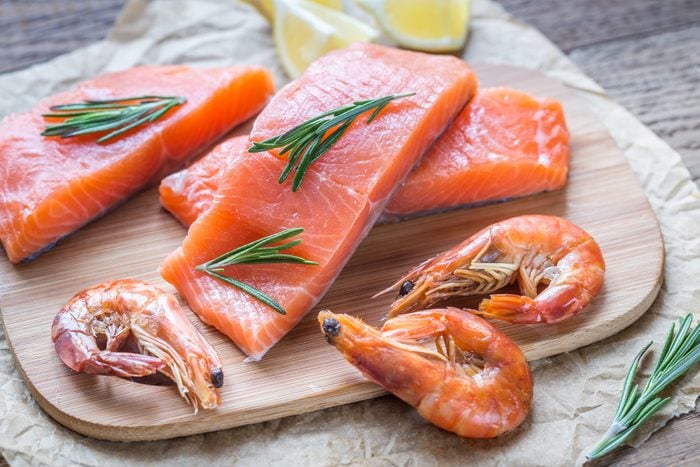
In 2020, one in four Americans reported they were working to reduce their intake of meat, including beef, chicken, and pork, according to a Gallup survey. Their reasons varied from concerns about the environmental impact (just for example, beef is the single biggest food-based contributor to climate change) to health reasons. A few years later, cost has become a major factor, too: Thanks to inflation, meat prices have increased nearly 10% since 2021, according to the USDA.
Want to help save the planet? Change the way you eat.
A plant-based diet is the eco-friendliest, healthiest, and arguably the most affordable option…but for people who still want to eat some animal protein, seafood is a great option. In fact, sustainable seafood is the most environmentally efficient source of protein on the planet, according to the National Oceanic and Atmospheric Association (NOAA) Fisheries.
The catch (literally)? That word “sustainable.”
“Not all seafood is sustainable, and it’s important to opt for seafood that is sustainably produced as that can be incredibly beneficial to limit the climate impact of what we eat,” says Thomas McQuillan, a food sustainability expert with Do Good Foods, a company focused on reducing food waste. And, he adds, what’s good for the planet is also good for our health as humans. Win-win!
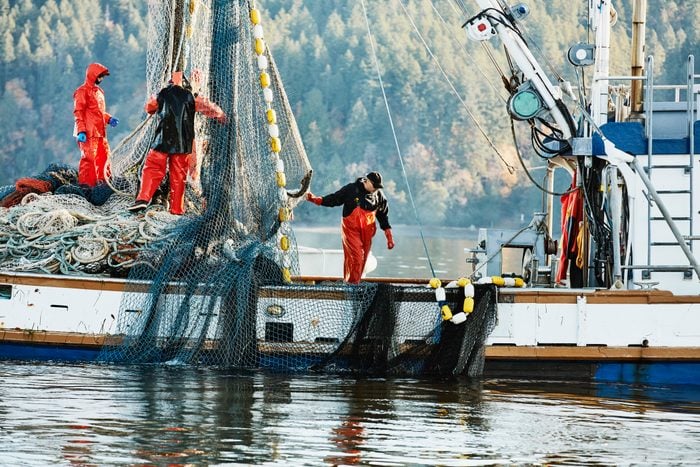
What makes a seafood “sustainable”?
“Sustainable” isn’t an FDA-approved term for food. The meaning can vary between products, ranging from meaningless marketing buzzwords to genuine changes in the entire way the meat is produced, sold and consumed. This is why it’s important to read labels, do research on seafood companies, and ask questions before buying something labeled as “sustainable,” says McQuillan.
“These are complex issues, but generally, sustainable seafood considers the environmental impact throughout the production process and actively look to not only limit, but improve, those impacts,” McQuillan says. “For seafood, this can include using feed made from upcycled ingredients and catch practices. For instance, pole or line-fishing rather than trawling, which destroys the natural habitat of the seabed.”
But, it’s not as simple as “meat bad, seafood good,” especially not when it comes to sustainability. Some types of seafood, such as farmed shellfish, can be very sustainable and have a lower environmental impact than meat production. However, other types of seafood, such as shrimp and salmon, can have higher environmental impacts due to issues such as habitat destruction, pollution, and overfishing.
7-Day Earth Day Challenge: A Week to Better Health for You & Our Planet
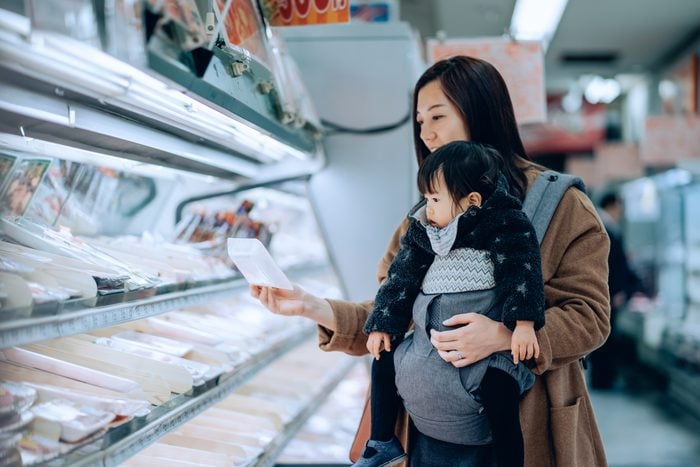
How to choose sustainable seafood
Eating sustainable seafood is an important way to support healthy ocean ecosystems and protect vulnerable marine species. Here are some tips for finding the best sustainable seafood:
Look for a third-party verification
“The best qualification that a seafood is truly sustainable is a third-party certification, which typically means that an outside entity has audited participating brands to ensure they’re meeting elevated production, environmental and animal-welfare standards,” says McQuillan.
Look for labels like Marine Stewardship Council (MSC), Aquaculture Stewardship Council (ASC), and Best Aquaculture Practices (BAP) when purchasing seafood.
Shop local fish markets
Locally caught seafood reduces the carbon footprint and supports local fishing communities.
Eat seasonal seafood
Choosing seafood that is in-season helps prevent overfishing or disturbing the mating cycles of marine life.
Try new types
By eating a variety of seafood, you can reduce the demand for popular, overfished species and support sustainable fishing practices for other types of seafood.
Reduce waste
Reducing food waste is one of the most important parts of sustainable seafood consumption, says McQuillan. For instance, fried fish skins make a crispy snack, while fish carcasses and shells can add an umami flavor to broth.
Do your research
McQuillan recommends checking out the Monterey Bay Aquarium Seafood Watch for more information on species and brands to buy and which to avoid. The site allows you to type in the type of seafood you’re looking for—say “salmon”—and will tell you the best options for buying salmon sustainably.
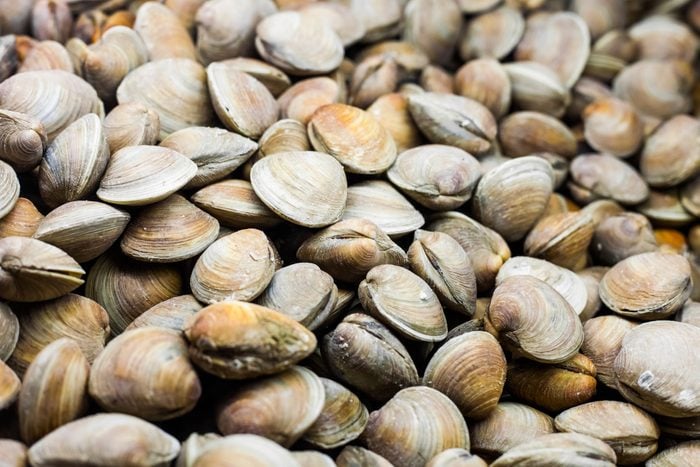
The most sustainable seafood
1. Farmed clams, mussels, and oysters
Because clams, mussels, and oysters are filter feeders—extracting nutrients from the water they live in while simultaneously cleaning the water—they are, by their very nature, good for the environment. This makes farming them a low-impact form of aquaculture, as it is an efficient use of resources (they can be farmed in waters unsuitable for farming other fish) and they don’t require additional feed that can contribute to water pollution, according to Seafood Watch.
As a bonus, they are generally less susceptible to diseases and parasites making them safer to eat than other farmed seafood. Their recommendation: “You can’t go wrong with clams, but look for Best Choice farmed clams first.”
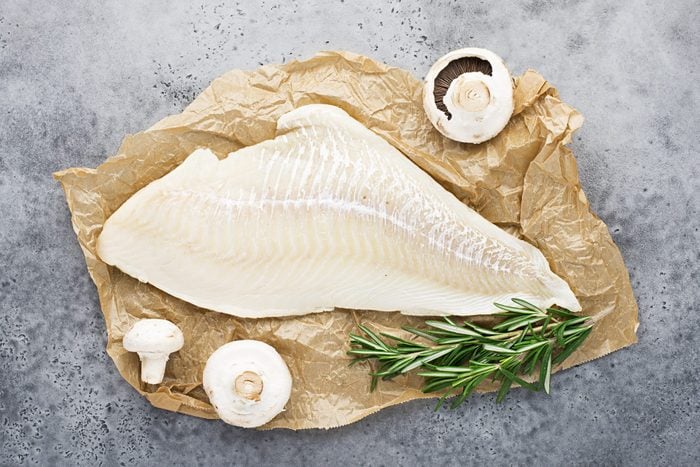
2. Pacific cod
Because cod is one of the most popular and available fish worldwide, the Pacific cod fishery is well-managed by governments and industry organizations. Unlike some other types of fish, cod fishing has strict regulations in place to ensure that fishing practices are sustainable and do not cause harm to the environment along with certification programs. Plus, there are fishing quotas set based on regular scientific measurements and recommendations. Thanks to this, the Pacific cod population is considered healthy and has remained stable in recent years.
Seafood Watch recommends buying Alaskan cod.
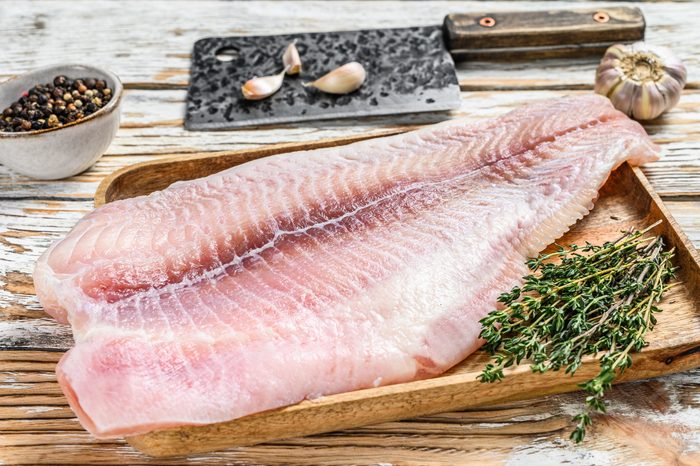
3. US catfish and trout
Catfish and trout are native to the US so they are plentiful, fresh, and generally cheaper than imported fish—making them an affordable source of fish protein. Seafood Watch recommends American producers and any catfish supplier that uses indoor recirculating tanks.
Not sure how to tell how your fish was farmed or caught? McQuillan recommends looking for those approved by the Aquaculture Stewardship Council, Best Aquaculture Practices, or Naturland.
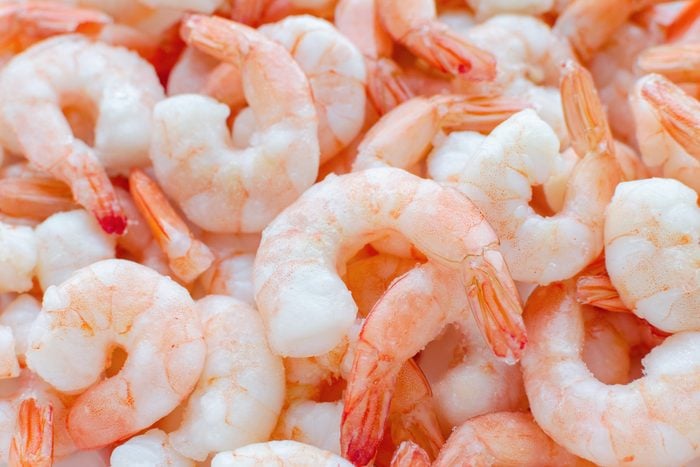
4. Farmed shrimp
Sustainable shrimp farms are designed to produce more shrimp per unit area than wild shrimp populations, which can help to reduce the pressure on wild stocks and lessen the overall environmental impact of shrimp farming. To make sure you’re getting shrimp from sustainable farms, Seafood Watch recommends buying from US and Canadian producers. Avoid shrimp farmed in Mexico, China, India, Indonesia, Malaysia, or Nicaragua.
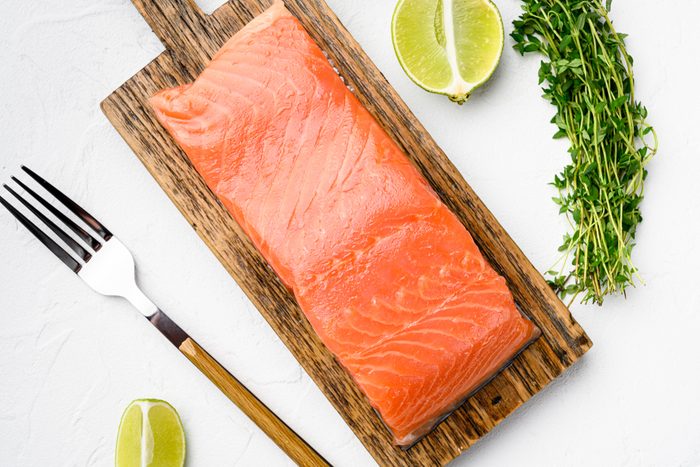
5. Farmed salmon
Wild-caught salmon is often thought of as the gold standard, but wild salmon populations have been declining due to overfishing and habitat destruction caused by human activities. Salmon farmed sustainably, like how it is practiced by certain US companies and in New Zealand, is done in a way that limits the environmental impact and keeps populations steady, according to Seafood Watch. If you prefer wild-caught, choose those from US or Canadian fisheries.
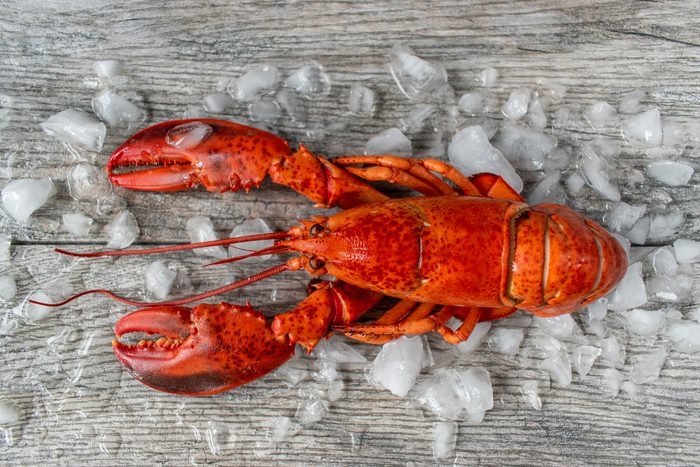
Sometimes-sustainable seafood
6. Lobster
Lobster did not make Seafood Watch’s “best” sustainable seafood list, and it does show up on the “avoid” list. But, they say, it can be a good sustainable seafood depending on how it’s harvested.
Some lobster traps damage corals, sponges, and other habitat-forming species, and indiscriminately catch other fish and animals. However, newer lobster traps are designed to be selective, targeting only mature lobsters of a certain size. This helps to reduce the impact on smaller and younger lobsters, maintaining healthy populations, while lessening the impact on the ocean environment.
The problem is that the majority of lobster companies use the older and cheaper traps. But lobster lovers don’t have to give up this delicacy altogether! Look for lobster certified by the Marine Stewardship Council (MSC) or the Lobster Council of Canada to ensure your lobster comes from a sustainable source.
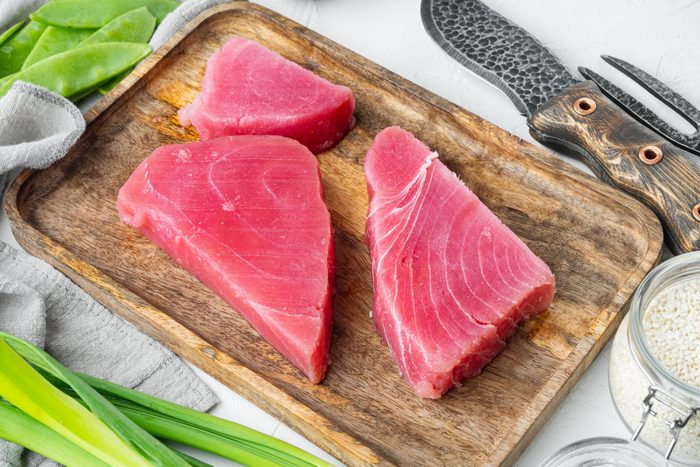
The least sustainable seafood
1. Tuna
Bluefin and albacore tuna (the kind often found in canned tunas), the most popular type of fish for food in the world, have serious sustainability issues, according to the Environmental Defense Fund. Many tuna species are migratory, long-lived and slow-growing, meaning they reproduce at a relatively low rate, which in turn makes them more vulnerable to overfishing.
Plus, the most common fishing practices used to catch tuna are some of the worst offenders for sustainability. For example, purse seine nets and longlines used to catch tuna have a high rate of “bycatch”—accidentally catching and killing other species including dolphins, sea turtles, sharks, and marine mammals.
Tuna is also often sold in canned or processed forms, which can make it difficult for consumers to know where and how the fish was caught—which makes it even more important to research companies first, says McQuillan.
The exception? Tuna caught using sustainable methods by US fisheries, says Seafood Watch.
Also avoid: Chilean sea bass, Atlantic cod, Atlantic halibut, orange roughy, and most tilapia and squid.
- This Natural Sweetener May Lower Cholesterol and Blood Sugar, New Study Says
- This Is the Best Diet for Your Heart, Says New Report
- Research Shows Owning This Type of Pet Could Extend Your Lifespan
- The 12 Absolute Best Commuter Bikes & E-Bikes for Getting Around in 2023, from Industry Experts and Bike Enthusiasts
